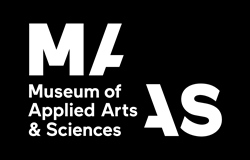When: Wednesday 14th November, 2:40pm – 3:40pm
Where: Theatre, Level 2 down the stairs to the right of the registration/foyer area
Hashtag: #W15
Science and health stories are often criticised for containing conflicting, exaggerated or misleading claims, and while journalists may play a role, a 2014 study showed that exaggeration in news is strongly associated with exaggeration in media releases.
In just the last 12 months there have been a myriad of media releases using the word ‘breakthrough’, or describing the outcome of mouse studies as if they had been done in humans. Is it media teams or scientists themselves who are spinning the research?
In the era of fake news, do those of us communicating science research need to lift our game? A voluntary labelling system for media releases may be part of the answer. Our colleagues at the Science Media Centre in the UK created a simple labelling system to help journalists get their heads around medical research media releases and what they really mean.
The system has already been adopted by several major journal publishers including Cell Press and the British Medical Journal (BMJ).
This session will discuss hype in science media releases, its impacts, origins and what can be done to address it.
Session Producer/Session Chair/Presenter
Lyndal Byford, Director of News and Partnerships, Australian Science Media Centre (AusSMC)
Presenters
Jason Whittaker, Story Editor, Media Watch, ABC TV
Kellia Chiu, PhD candidate, The University of Sydney
Dr Meredith Ross, Marketing & Communications Officer, Garvan Institute of Medical Research
